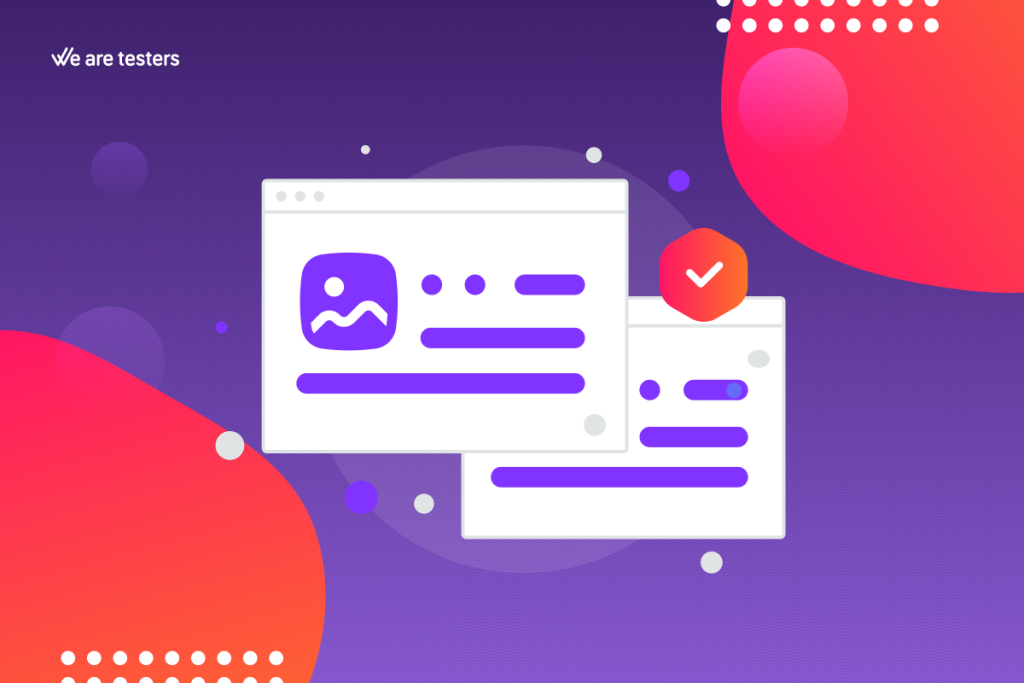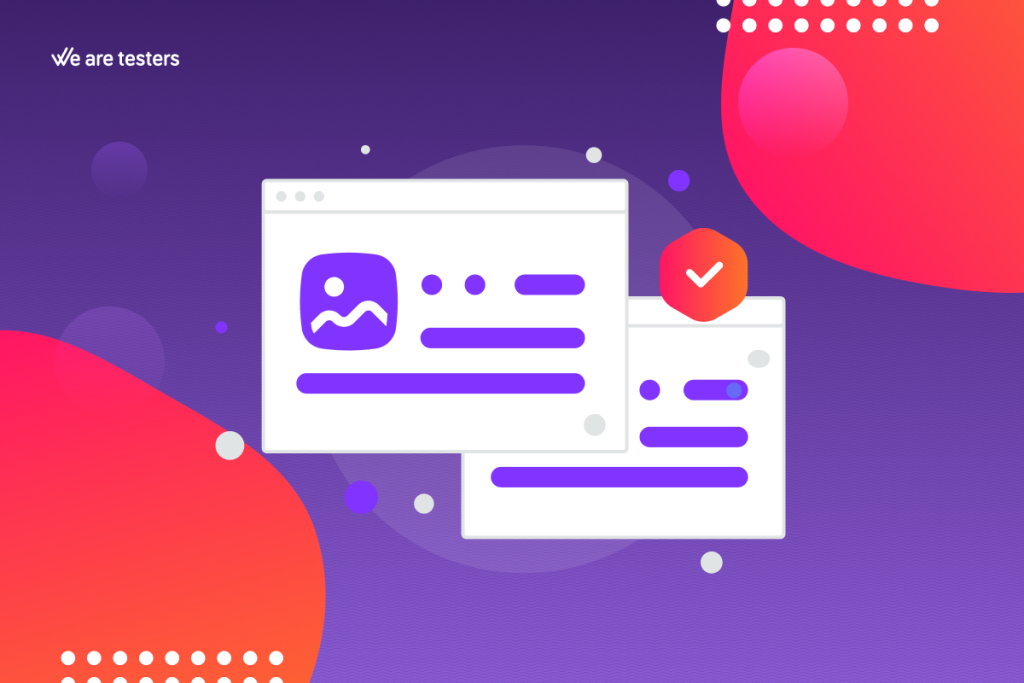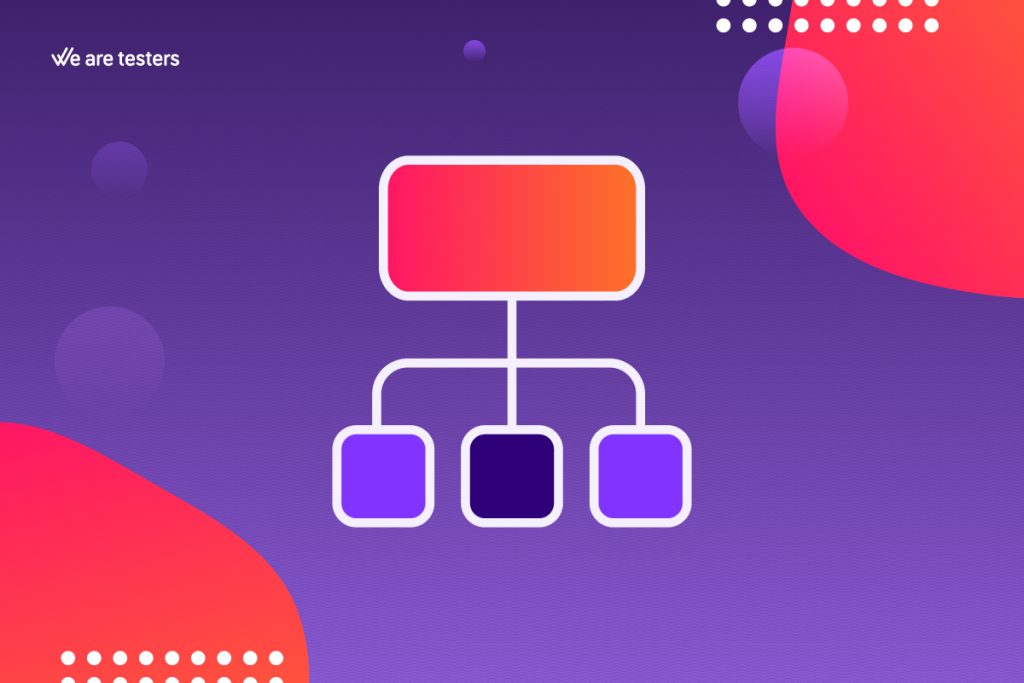
I’m sure you’ve experienced this situation more than once: you visit a website and can’t seem to find what you’re looking for. The path to your goal eludes you, and it might be a Monday morning or you haven’t had your third coffee of the day, but no, it shouldn’t be so complicated. The website in question should be easy to use for any user, including your next-door neighbor or even yourself when you’re still half asleep. That’s what usability is all about, a concept derived from the term ‘user friendly,’ meaning making the use of a website or app user-friendly in the case of web usability.
Understanding Web Usability
Web usability is a crucial factor that we must consider to achieve the objectives we set for our website, whether it’s increasing sales in an e-commerce store, gaining subscribers, growing traffic, or having users perform any type of task in general. Poor web usability can lead a user to abandon their shopping cart because they can’t find the return or shipping policy, or because the website takes too long to load. It can also cause users to leave your page if they can’t access a form on the mobile version to get their questions answered before making a purchase. All of these situations should be avoided at all costs.
All these aspects directly affect business and lead generation, and it becomes evident that without good usability, increasing conversions is very challenging. Let’s analyze the key factors that make a website or app work smoothly, as user-friendly as possible, and the tools we can use to test and achieve this. All of these will impact our business conversions.
Setting Web Objectives and User Flows
As in many other aspects of life, having clear objectives is crucial for designing a website one way or another. Business objectives—whether it’s increasing sales, obtaining potential customer contacts, or improving branding—should be present from the very beginning of the website or app creation to ensure correct development.
Once these objectives are defined, the next step should be to identify user navigation flows. In other words, understanding and facilitating the path that users should take to eventually convert. This means that if our goal is to increase sales, the CTAs (Call to Actions) that drive us to purchase should be 100% visible and accessible to make the user’s purchase easier, or if the goal is to obtain more contacts, the path to the contact form should be as straightforward as possible.
Design and User Experience
Design is another major ally of web usability in achieving our set objectives and providing a satisfying user experience. And when we say design, we mean it in the broadest sense—the design of the site or app that can either help users achieve their goals or make them abandon the platform in search of alternatives that better meet their objectives.
When designing this prototype of our digital product, one of the essential aspects to consider is the consumer of this platform, i.e., the user, being the central focus of web design. This strategy is known as ‘design thinking’, which designs with a deep understanding of the user’s specific characteristics, profile, environment, needs, and goals. To truly put the user at the center and provide what they need, we must have an in-depth understanding of them: how they interact with the design of our website or app, whether they understand the structure or menus, how they respond to calls to action, their comprehension of menus, in other words, test their user experience in a digital environment to identify improvements or the reasons why expected results are not achieved. All with the ultimate goal of optimizing conversions, whether they be sales, lead generation, etc. Let’s see how to do it.
Web Usability and User Experience Studies
Tests that assess user experience are the perfect tool to determine whether we have succeeded or not in thinking, designing, and structuring our website or app. It’s very possible that you, as the creator or the team involved in development, perfectly understand how to get from point A to point B, where to find the contact form, or how to make a purchase with just a couple of clicks. However, someone entirely unfamiliar with the platform may not have such clarity.
In this regard, we can approach and test the user experience from two complementary perspectives thanks to our WAT UX tool. On the one hand, with a functional/QA test, real and independent users of your product or service evaluate your website to detect possible functional issues. On the other hand, as mentioned earlier, with a user experience test. With this type of test, we can gain insights into the user’s overall experience in a digital environment, understand why desired results are not achieved, or identify errors that prevent abandonment or frustration during navigation.
These tests for evaluating web experience and usability can be conducted at any stage of product development, both prior to launch with a small group of users to minimize risks and once it’s developed and published to test new features, design changes, or structural changes.
The goal, in both cases, is to identify issues and improvement opportunities to make your product as usable as possible to achieve the ultimate goal: increasing conversions.
If you’re thinking of testing your website, app, or prototype, both in terms of functionality and usability, and don’t know where to start, contact us at info@wearetesters.com, and our experts in user and customer experience will advise you on the steps to achieve your goals.
Update date 22 December, 2023

